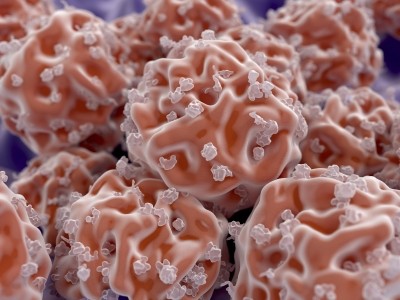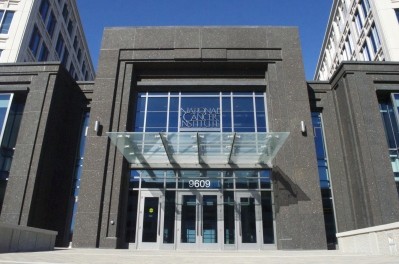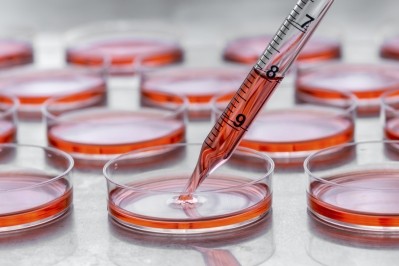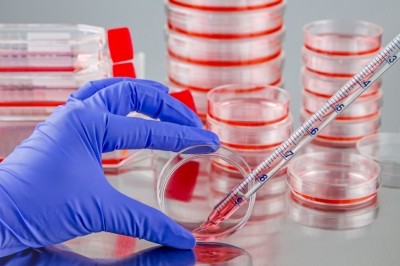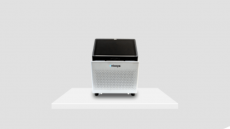Fukushima scientists look to placenta-based cells to target radiation sickness
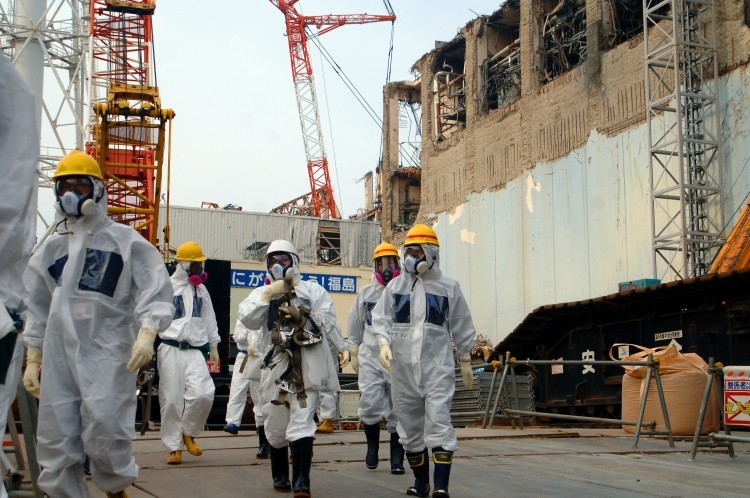
In March 2011, an earthquake triggered a tsunami which hit a nuclear power plant in Fukushima, Japan and caused the largest nuclear disaster since Chernobyl in 1986.
The actual numbers which were affected by radiation sickness from the incident are in dispute but the decommissioning process for the plant is expected to take another 40 years and could expose more workers to radiation.
Therefore there is a need to develop new drugs capable of treating the effects of ARS - both in Fukushima and worldwide - and this week researchers from the Global Medical Science Center at the Fukushima’s Medical University have signed a Memorandum of Understanding (MOU) with Pluristem therapeutics to develop future therapies.
“Fukushima researchers intend to study our cells for repair of bone marrow function within the context of acute radiation syndrome, and of cancer treatment using high levels of radiation,” Karine Kleinhaus, Managing Director at the Israeli biotech told Biopharma-Reporter.com.
“While many models exist for acute radiation syndrome, researchers will be developing models to facilitate studies of bone marrow repair after exposures to high levels of radiation to treat certain cancers."
Pluristem makes placenta-based cell products which work by secreting therapeutic proteins targeting different indications which stimulate the body to use its own repair systems to treat damaged tissues.
“PLX-R18 cells are designed to repair production of the three blood cell types produced by the bone marrow: red cells, white cells and platelets,” Kleinhaus said. “To our knowledge there are no other therapies under development that would treat all three of these lineages.”
The research collaboration is supported by the US National Institutes of Health (NIH), concurrently investigating PLX-R18 in preclinical tests in animal models.
Manufacturing facility
PLX-R18 is Pluristem’s second placental-derived cell therapy product in development, the other being PLX-PAD.
Both are made using the firm’s patented 3D manufacturing process, we were told. “The proprietary 3D cell production technology enables controlled manufacturing of large quantities of clinical-grade cell products; these can be produced much more efficiently than with current 2D methods.”
The firm’s facility is located in Haifa, Israel, which - according to the firm – is currently making cells for comparability studies approved by the FDA and the EU’s EMA for PLX-PAD cell production and is thought to have sufficient capacity for Phase III trials and initial commercialization.
